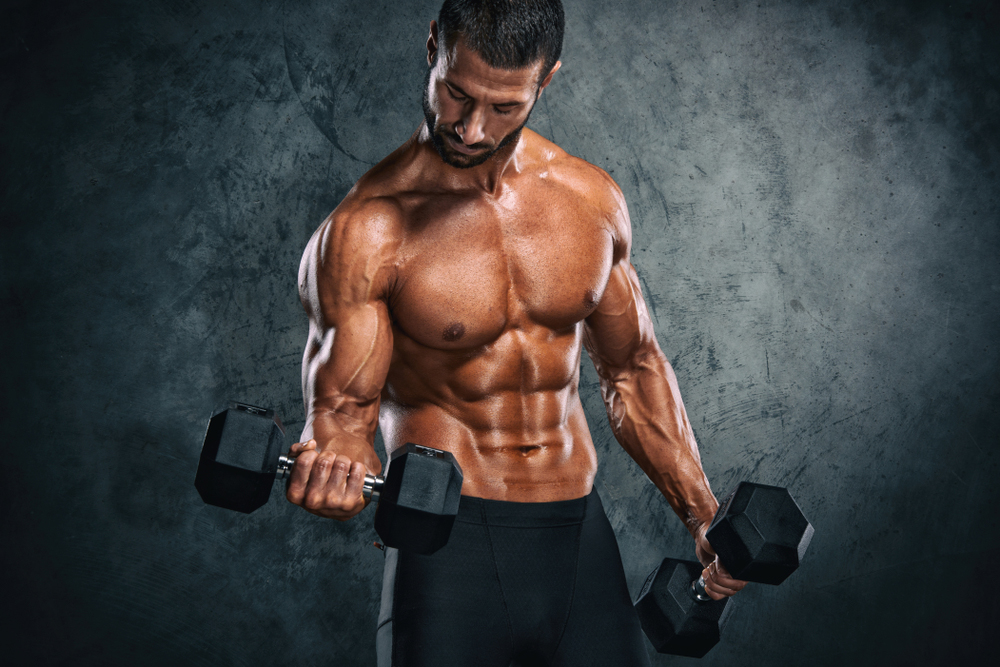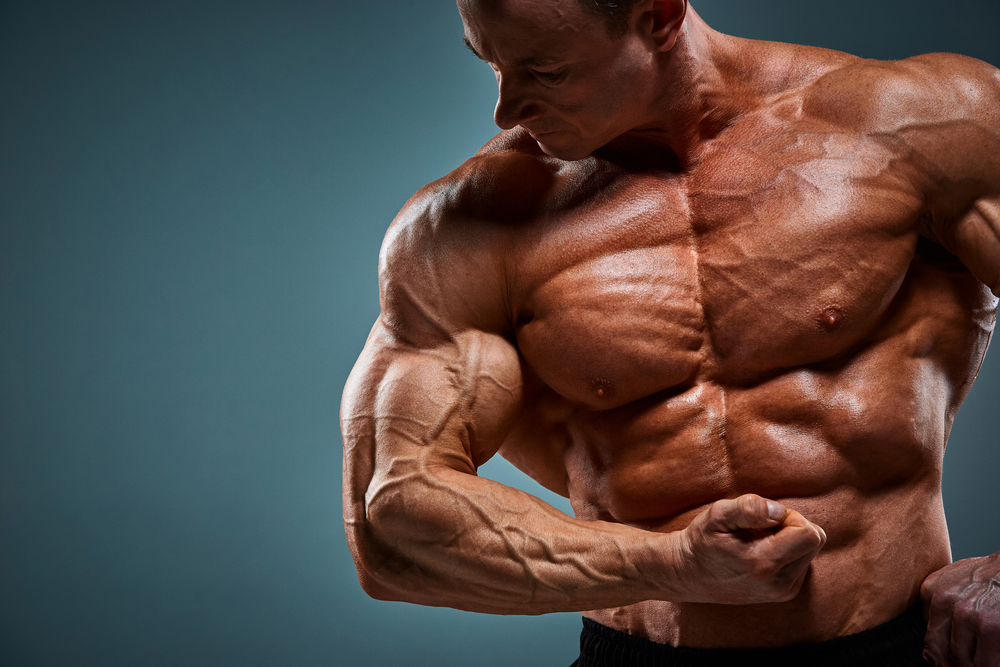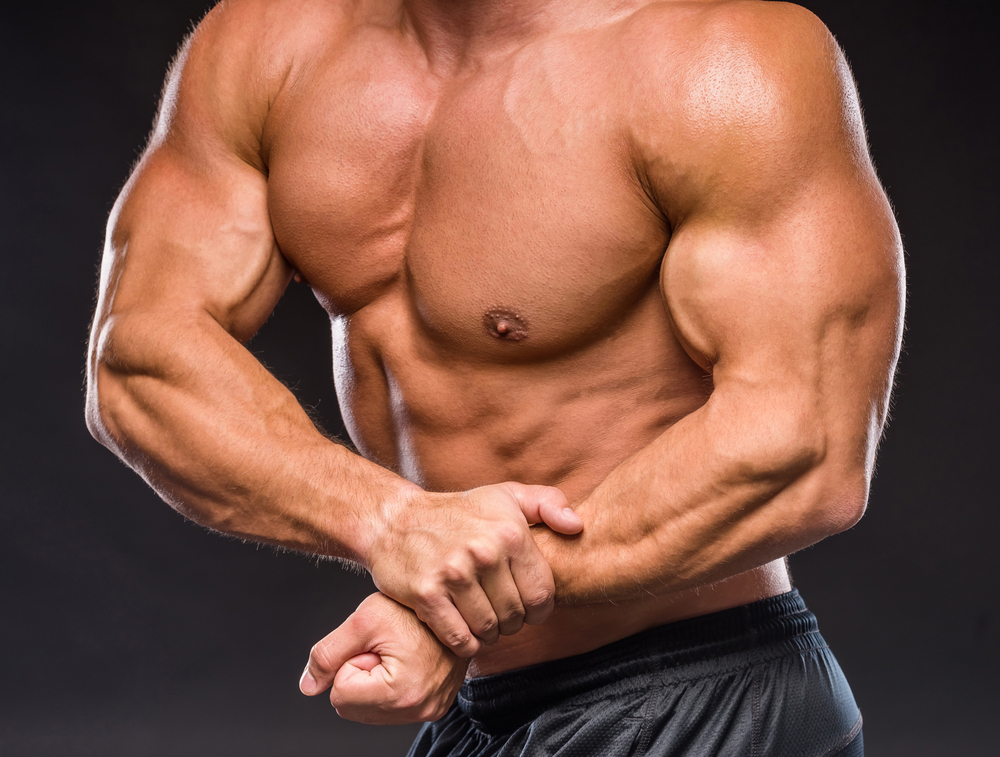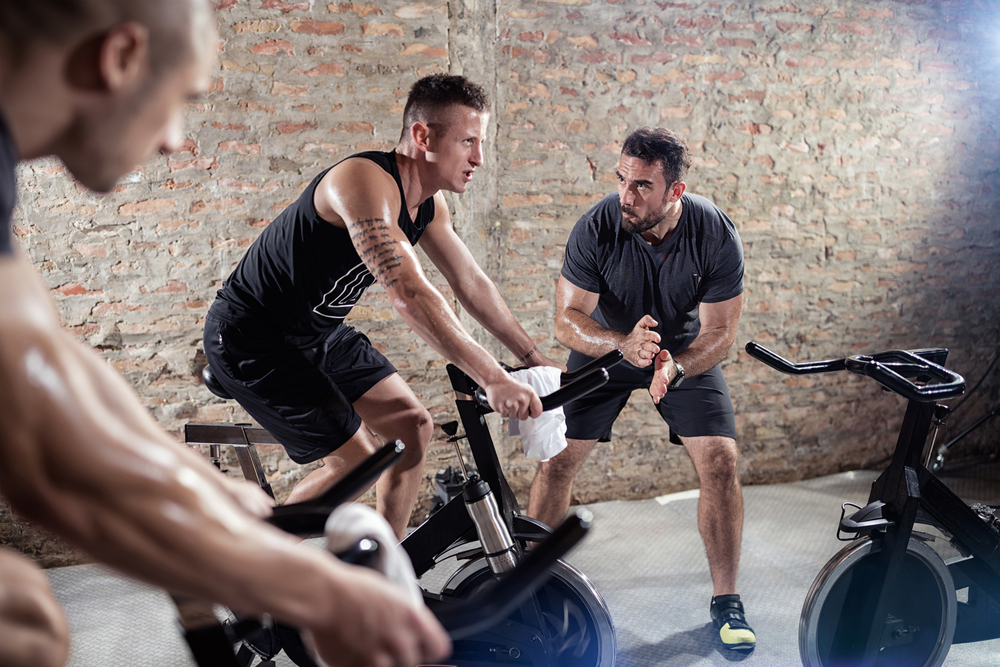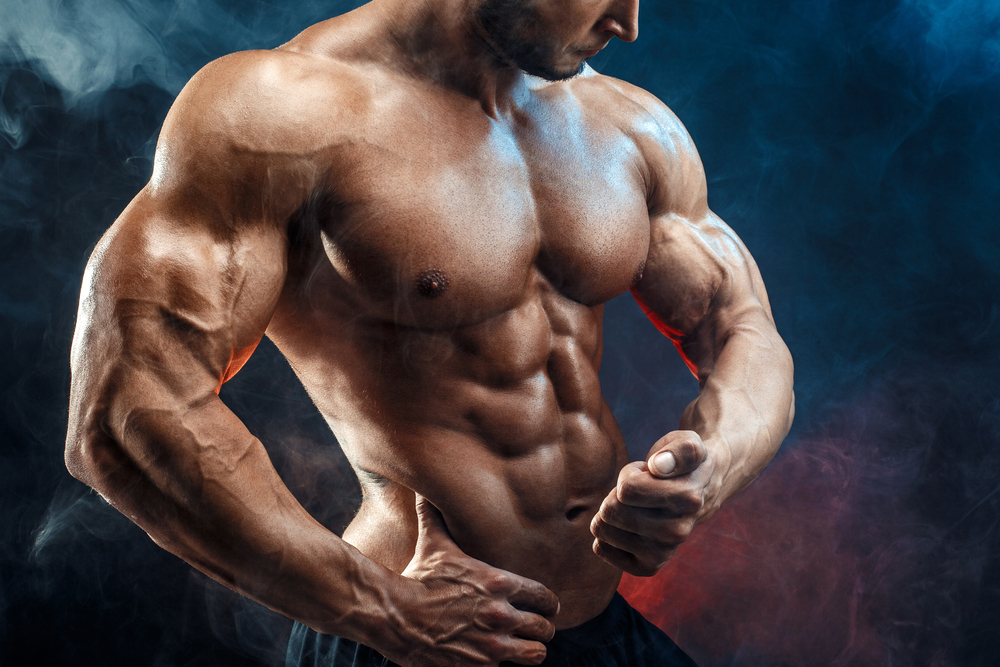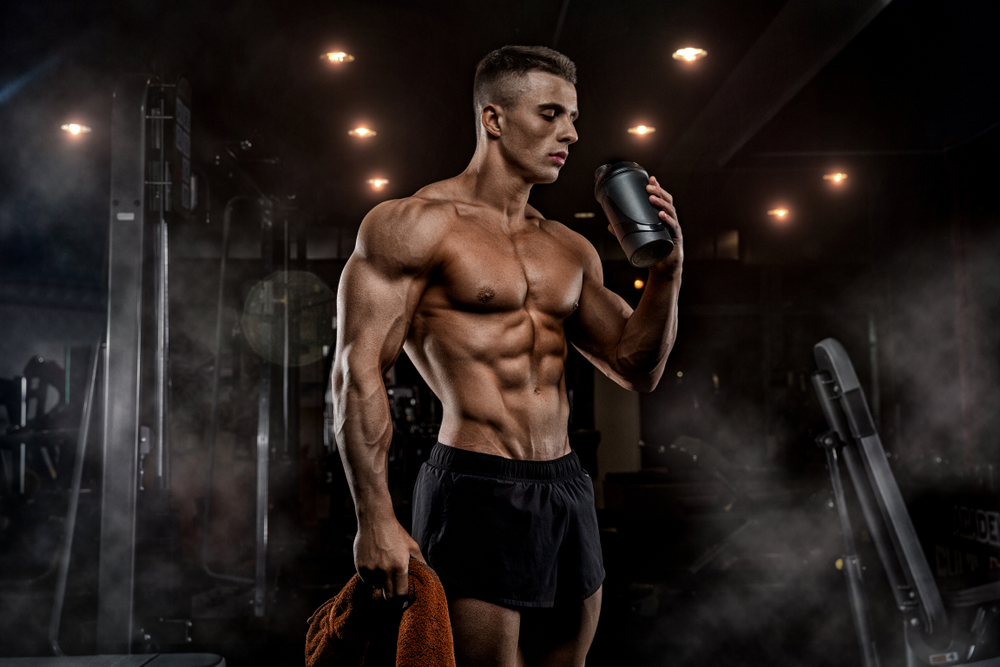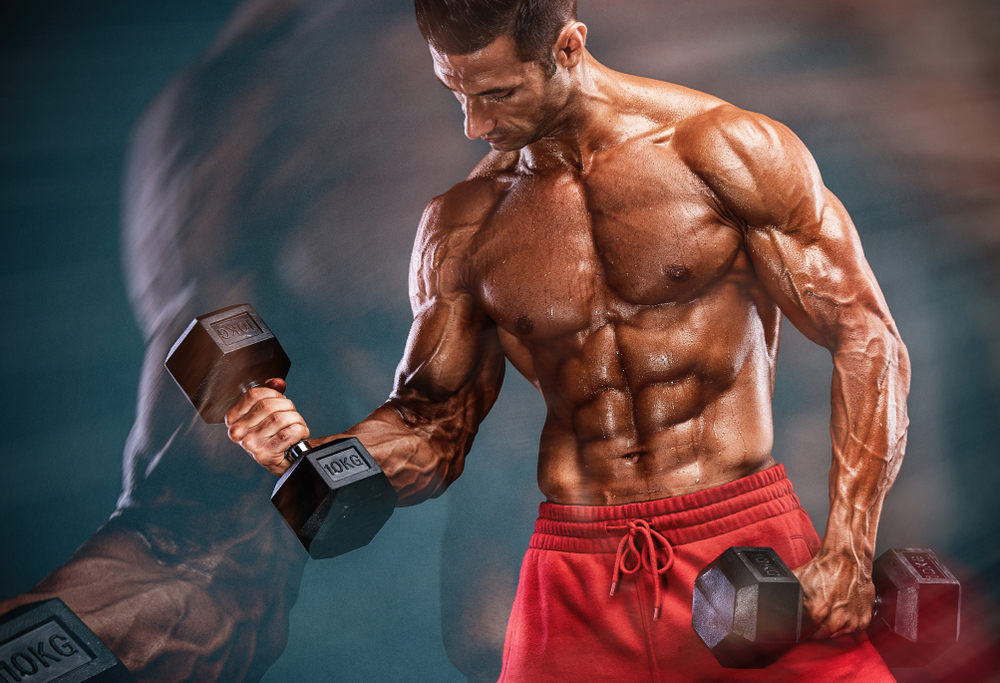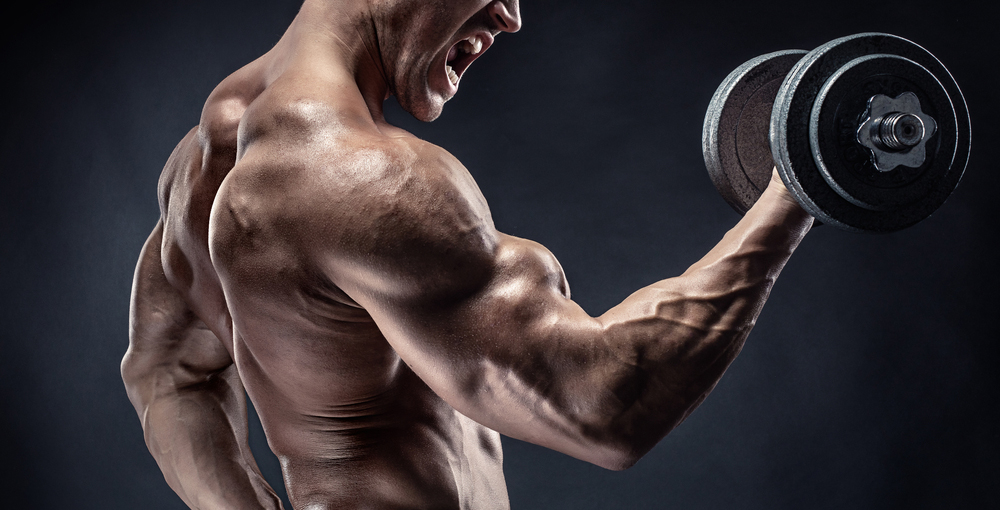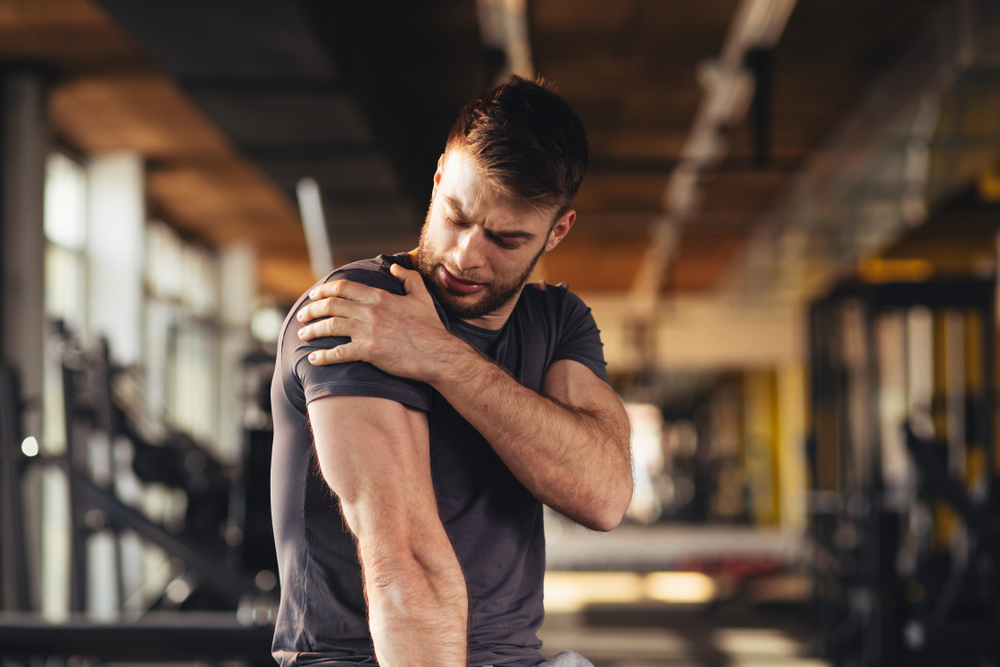Among the various factors likely to influence muscular hypertrophy, the relevant choice of exercises is a means of varying various parameters, such as: work angles, positioning of the extremities, body placement, amplitudes, equipment used (dumbbells, pulleys, machines etc. ) and of allowing the activation of certain parts of the muscle to be acted upon differently1.
These variations can also influence a more or less important solicitation of the fixing, agonist and/or antagonist muscles.
CHOOSING EXERCISES IN MUSCLE HYPERTROPHY
To give just a few examples, we can see that for the pectoralis major, the sternal fascicle is much more active than the clavicular fascicle during the decline press.
The clavicular fascicle of this same muscle and the long portion of the triceps are much more active during the tight bench press and that the participation of the anterior deltoid increases with the degree of inclination of the bust2. For the biceps, the short portion is more active at the top, at the end of the amplitude (greater flexion of the elbow), whereas it is the opposite for the long portion.
The local differences present in the various muscles are The local
differences in the various muscles mean that the choice of exercises can
have a significant impact on their development. For example, fast and
slow motor units are often dispersed throughout the muscle in such a way
that slow fibres may be active while neighbouring fast fibres may remain
inactive and vice versa.
In addition, muscles are sometimes divided into distinct regions of
innervation. It is also important to choose a strategy that combines
both poly-articular exercises (core movements) and monoarticular
exercises (isolation exercises).
On the one hand, poly-articular
exercises are more effective than monoarticular exercises.
On the one hand, poly-joint exercises will involve many muscles and cause a greater increase in hormonal secretions (testosterone and growth hormone). For example, a movement such as the squat calls on the quadriceps and the glutes, but also the hip adductors and abductors as well as the calves, muscles to which must be added the important isometric participation required for stability by the muscles of the upper body (abdominal muscles, lumbar muscles, trapezius, rhomboids, etc. ).
It is estimated that some 200 muscles, whether as agonists, antagonists or fixators, are involved at different levels. On the other hand, during a poly-articular exercise the main muscles often do most of the work, thus sparing and minimising the action of some others and creating an imbalance in terms of obtaining maximum general hypertrophy.
Single-joint or isolation exercises which allow the solicitation to be concentrated on a particular muscle will be able to remedy this with great efficiency.
All these differences plead in favour of the use of a single-joint
exercise. All these differences plead in favour of the necessity of a
work in different planes and according to different angles as well as a
judicious combination between basic movements and isolation movements.
The choice of exercises should therefore be taken into serious
consideration when maximum and harmonious hypertrophy is sought.

